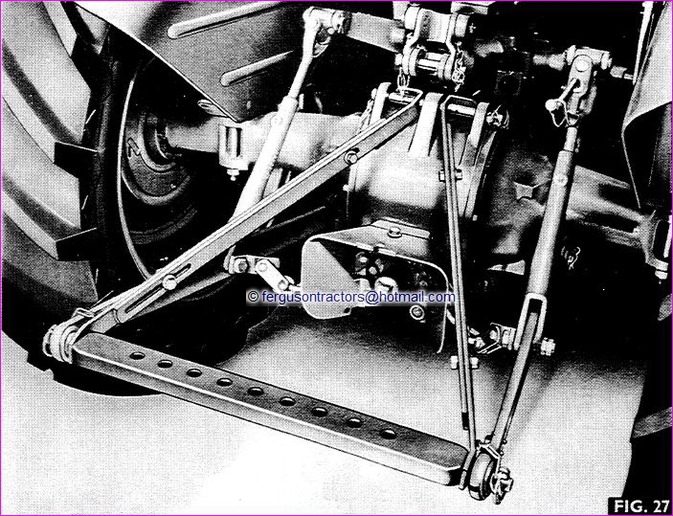24/7 farming
Member
- Location
- Donegal
Might need to change the fert spinner in the near future, most options now seem to be hydraulic opening so might need to upgrade the mighty 148!
Tractor currently only has tipping when put into constant pumping on the lift lever.
A quick Google has brought up two options below, can anyone explain the difference between them!?, significant price difference but not sure what I actually need to get me even just a single acting spool to run a spinner...


Tractor currently only has tipping when put into constant pumping on the lift lever.
A quick Google has brought up two options below, can anyone explain the difference between them!?, significant price difference but not sure what I actually need to get me even just a single acting spool to run a spinner...








